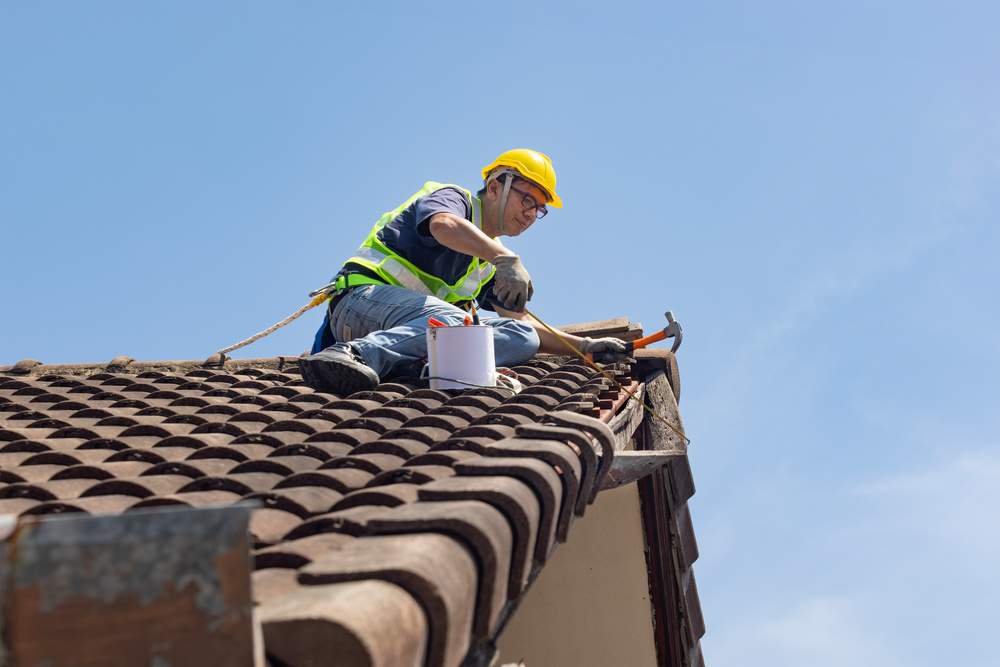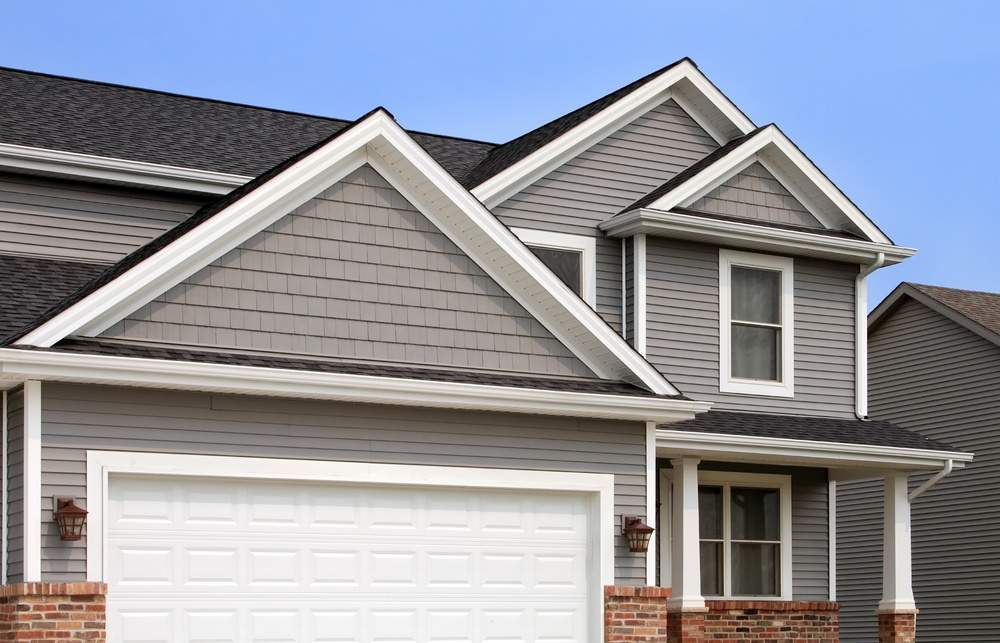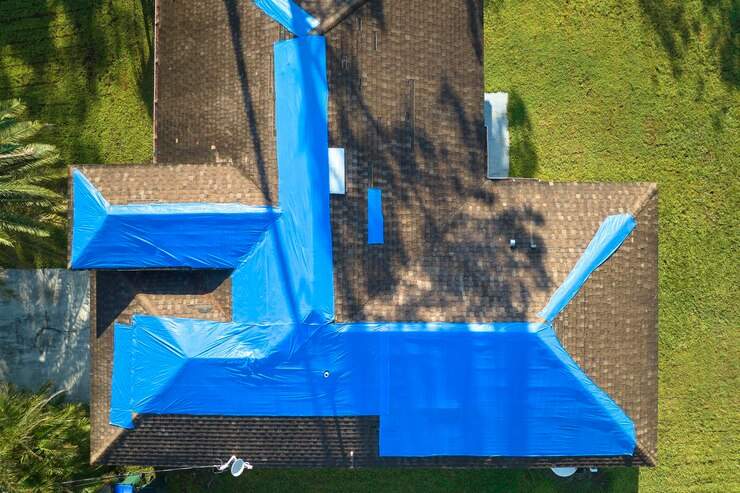When a heavy downpour hits the Twin Cities, your roof is your home’s first line of defense. But with Minnesota’s unpredictable weather—especially in spring and summer when thunderstorms roll through with little warning—it’s easy to get caught off guard.
High winds, heavy rain, and even hail can lead to leaks, structural damage, and costly repairs.
Don’t wait for the next storm to test your roof’s durability. Follow these seven urgent tips to storm-proof your roof before the next Twin Cities downpour.
Key Takeaways
- Twin Cities storms quickly turn small roofing problems like loose shingles into expensive repairs if not addressed early.
- In neighborhoods with older homes like Edina or Minnetonka, roofs older than 15 years need professional inspections.
- Clearing gutters and resealing flashing around chimneys or vents prevents water damage during heavy Twin Cities rainfall.
- Trimming weak or damaged branches around your roof protects shingles from storm-related damage in tree-rich areas like Plymouth.
- Annual professional roof inspections catch hidden damage caused by winter snow and ice, helping prevent surprise repair costs.
How to Prepare Your Roof for the Next Twin Cities Storm
Twin Cities storms can roll in fast, bringing heavy rain, strong winds, and even hail that puts your roof to the test. If it has weak spots, a single storm can turn small problems into expensive roof repairs. Don’t wait until there’s a leak.
Take these seven urgent steps now.
Tip 1. Inspect for Loose or Missing Shingles
High winds and heavy rain can easily lift loose shingles or expose weak spots on your roof. Before the next storm, take a close look (from the ground or using binoculars) at your shingles. If you notice any curling, cracks, or missing pieces, it’s time to act.
In neighborhoods like Edina, Minnetonka, or Eagan, where older homes are common, aged asphalt shingles can become brittle and more susceptible to storm damage. If your roof is over 15 years old, consider a professional inspection to assess its condition.
Tip 2. Clear Out Gutters and Downspouts
Clogged gutters cause water to back up under shingles and leak into your home.
With the Twin Cities’ frequent tree cover—especially in areas like Maple Grove and St. Paul’s Mac-Groveland—leaves and debris can quickly accumulate in gutters.
Before the next big rain, clean out your gutters and ensure downspouts direct water at least three feet away from your foundation. Installing gutter guards can help reduce maintenance and keep water flowing freely.
Tip 3. Reinforce Flashing and Seals Around Openings
Flashing—thin metal strips around chimneys, vents, and skylights—prevents water from seeping into vulnerable spots. If flashing is loose or cracked, water intrusion becomes a major risk during a storm.
Check for rust, gaps, or missing caulk around roof penetrations.
Homes near Lake Minnetonka or along the Mississippi River may experience stronger wind gusts, which can loosen flashing more quickly.
A simple reseal with roofing cement can prevent costly leaks.
Tip 4. Trim Overhanging Tree Branches
The lush greenery in Twin Cities suburbs like Bloomington, Plymouth, and Woodbury is beautiful, but overhanging branches pose a serious risk to your roof.
During a storm, strong winds can break branches and send them crashing onto your shingles.
Cut back any limbs that extend over your roof, especially if they appear weak or damaged.
If large trees are too close to your home, consider hiring a professional tree service to remove hazardous branches safely.
Tip 5. Check for Signs of Water Damage in the Attic
Your attic is one of the first places to show signs of roof trouble.
After a rainstorm, inspect the space for damp insulation, water stains, or mold growth. If you notice any musty smells, it could indicate slow leaks that weaken your roof’s structure over time.
With the Twin Cities’ humid summers, attic ventilation is also key.
Proper airflow helps prevent moisture buildup that can lead to mold and rot. If your attic feels overly warm or humid, adding vents or upgrading insulation may improve air circulation.
Tip 6. Secure Loose Roofing Materials and Hardware
Beyond shingles, your roof includes vents, ridge caps, and even satellite dish mounts that can become loose over time. Strong winds can lift these elements, creating openings for water intrusion.
Before storm season ramps up, check that all roof accessories are properly fastened.
If you have a metal roof, ensure fasteners and seams are intact, as high winds can lift panels if they’re not secured tightly.
Tip 7. Schedule a Professional Roof Inspection
If you haven’t had a roof inspection in a while, now is the time.
A professional can spot issues that aren’t always visible from the ground, such as small cracks, deteriorating underlayment, or hidden leaks.
In the Twin Cities, where snow and ice buildup during winter can weaken roofing materials, a thorough spring or summer check-up is essential.
Professionals can also recommend storm-resistant upgrades, such as impact-resistant shingles, which are especially useful in areas prone to hail, like Blaine and Burnsville.
Don’t Wait for the Next Storm—Protect Your Roof Today!
The next heavy Twin Cities downpour could be just around the corner. Don’t wait until you have a leak or major damage to take action.
At Allstar Construction, we specialize in storm-proofing roofs to withstand Minnesota’s toughest weather. Whether you need a quick repair, an inspection, or a full roof upgrade, our team is here to help.
Call us today at 763-373-1066 to schedule a roof inspection and ensure your home stays dry and protected—no matter what Mother Nature throws your way!



